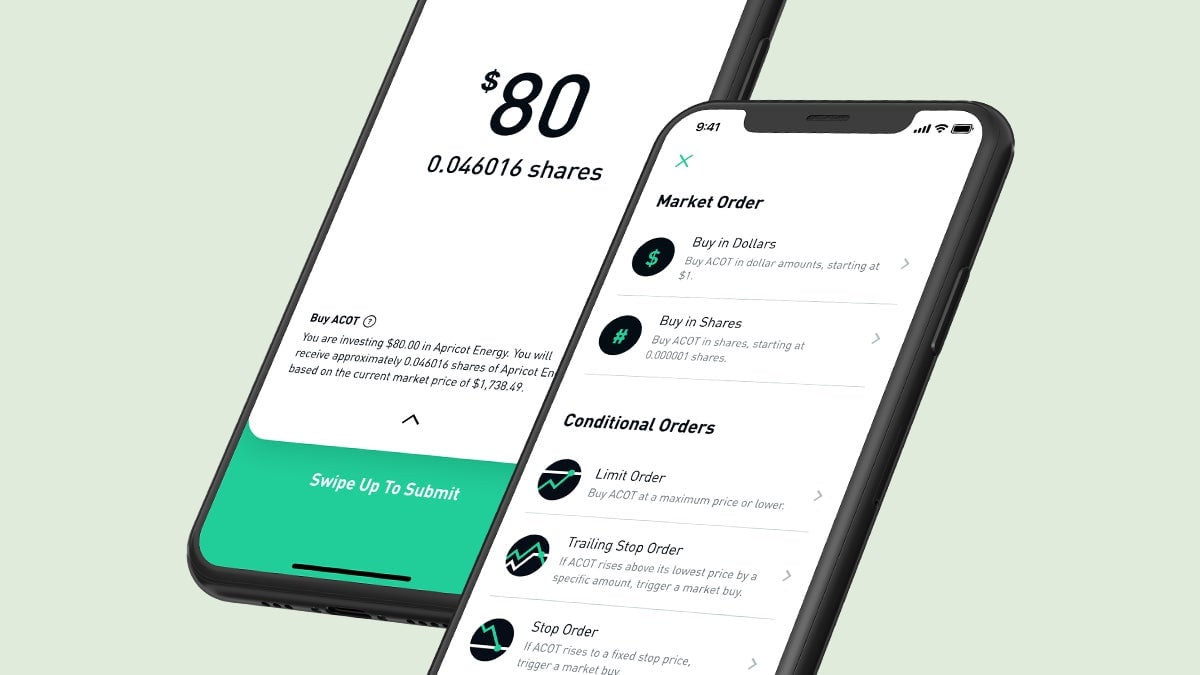Here’s what Robinhood users are holding in their accounts
Robinhood filed to go public on July 1 revealing just how profitable the pandemic year has been for a company dedicated to giving investors commission-free stock trading on their phones.


Robinhood filed to go public on July 1 revealing just how profitable the pandemic year has been for a company dedicated to giving investors commission-free stock trading on their phones.
Paperwork filed with the US Securities and Exchange Commission (SEC) showed the financial services company earned $7.5 million in 2020, its first profitable year since it was founded in 2013. The company lost hundreds of millions in recent years, including a $107 million loss in 2019 and a whopping $1.4 billion in fundraising-related losses in the first quarter of 2021. The company will be listed under the stock ticker HOOD.
The new face of investing
Zero-commission brokers like Robinhood have changed the profile of retail investing. Robinhood’s co-founder Vladimir Tenev told Congress in February (pdf) that the average Robinhood user is 31 years old with a median account balance of just $240. While Tenev claimed only 2% are “pattern day traders,” researchers say the platform is attracting “a new type of uninformed equity-market participant that in aggregate has negative effects on market quality,” increasing volatility and noise.
This was before the pandemic turbocharged Robinhood’s growth. Robinhood has ridden a wave of retail investor fervor in the last year tied to the explosive growth of cryptocurrencies and the new phenomenon of meme stocks like GameStop and AMC.
At the end of March, the company claimed 18 million monthly active users, up from 9 million just a year earlier. That’s powered exponential growth in its assets under management. In the first quarter of 2020, Robinhood’s net holdings soared to $81 billion, four times the value of a year prior. Most were in equities such as stocks and cryptocurrencies (Dogecoin, a once-fringe cryptocurrency, accounted for more than one-third of the platform’s crypto trading revenues. At the same time, Robinhood’s negative customer margin balances also expanded seven-fold from $754 million to $5.4 billion.
Robinhood’s S-1 comes chock full of caveats and warnings about the volatility of its most important revenue sources, which include cryptocurrency trading and selling users’ orders to market makers who execute stock trades (known as “payment for order flow” on Wall Street). Those may soon become the target of stringent regulation. And when Robinhood halted trading in red-hot stocks favored by retailer investors on Reddit earlier this year, the company came under intense public outcry and congressional scrutiny. Last December, it settled an SEC probe into misleading customers for $65 million without admitting wrongdoing, and then a second investigation by the US Financial Industry Regulatory Authority for outages and unauthorized transactions for another $70 million.
Now public investors will get to have their say.